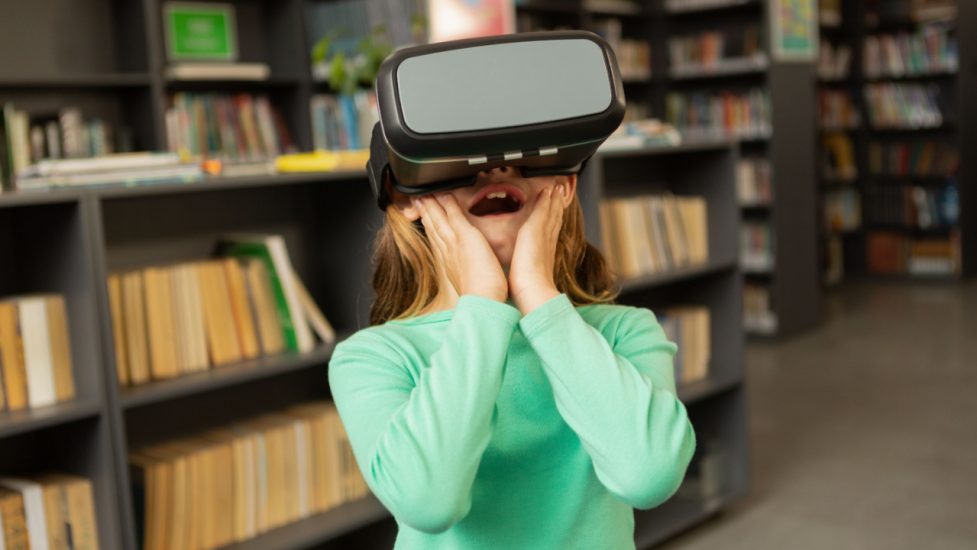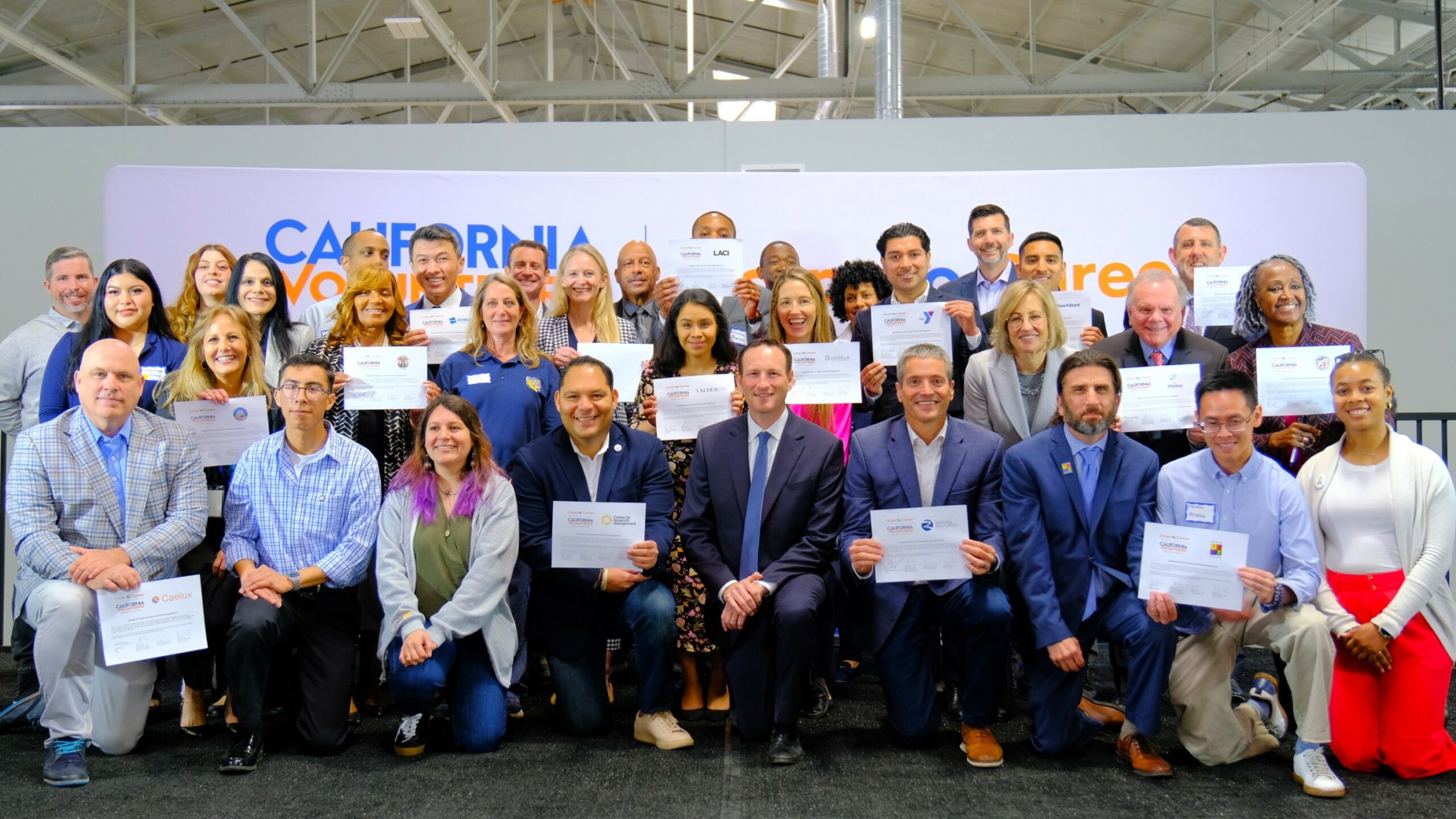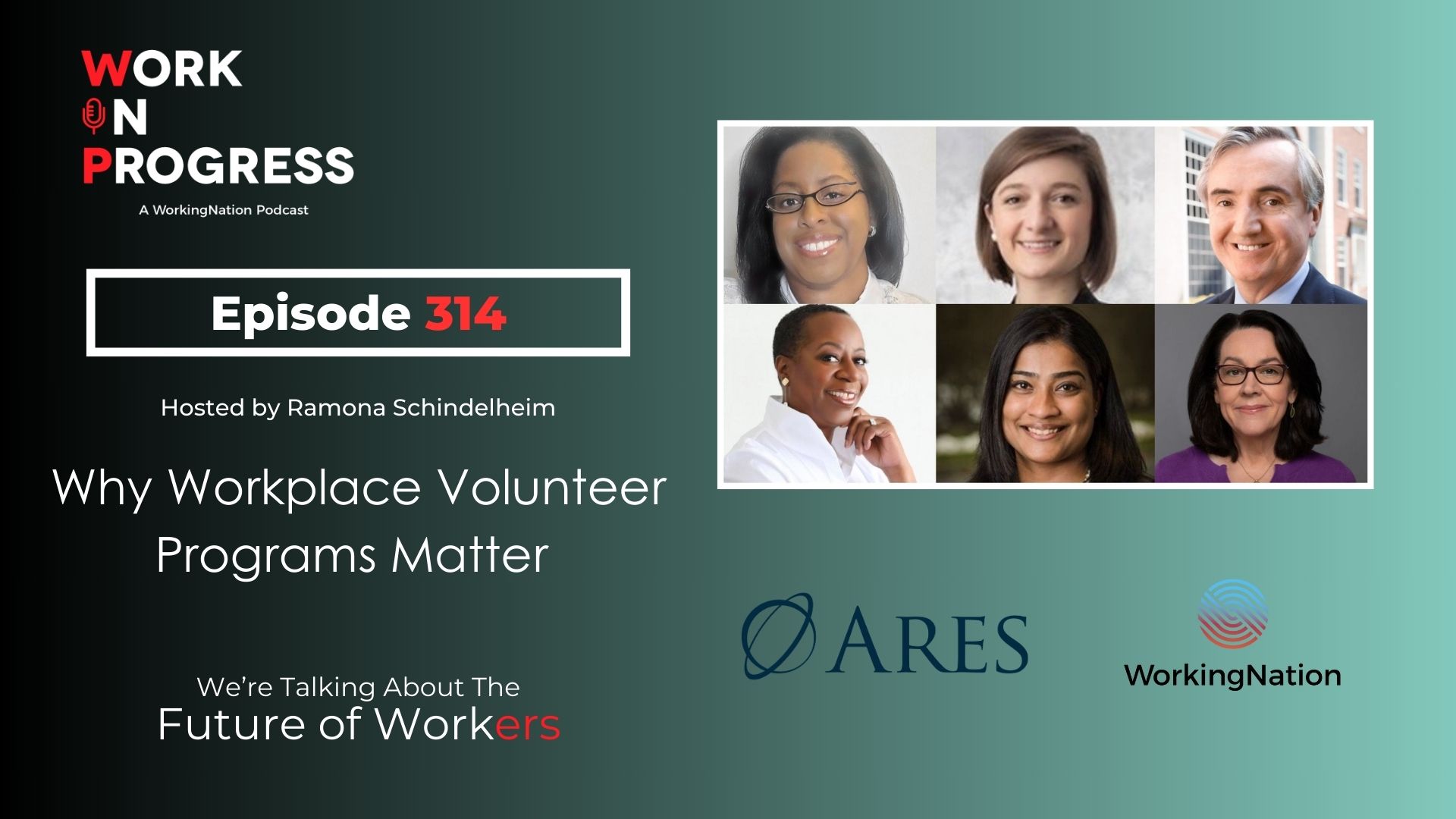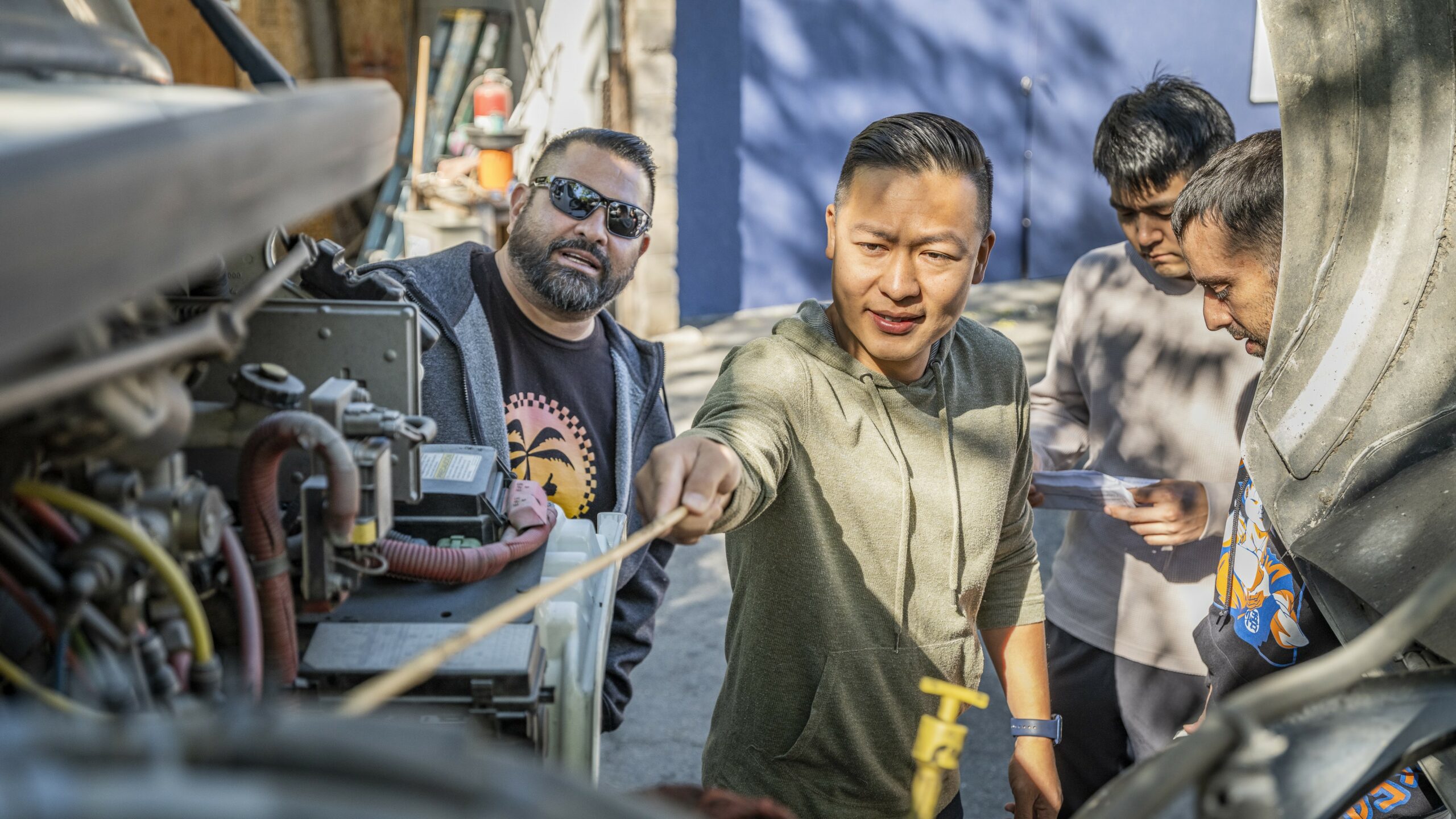Incorporating virtual reality in career exposure and job training isn’t new. But for Nevada, it’s the way the state is fueling this resource that first attracted a state legislative grant and then federal funding. The Silver State is using its libraries as the hub of VR education, experience, and exploration for careers.
“People don’t realize how important libraries are to communities and the fact that we’re smack dab in the middle, making this available to everybody equally is really significant,” says Tammy Westergard, of the Nevada Governor’s Office of Economic Development.
Back in 2017, Westergard was the deputy state librarian. That year, the legislature granted a half-million dollar bump to libraries, and Westergard earmarked $22,000 for educational technology. She sought to model a program from the Marin County Free Library system in California that brought VR headsets and programs into the public library for community use.
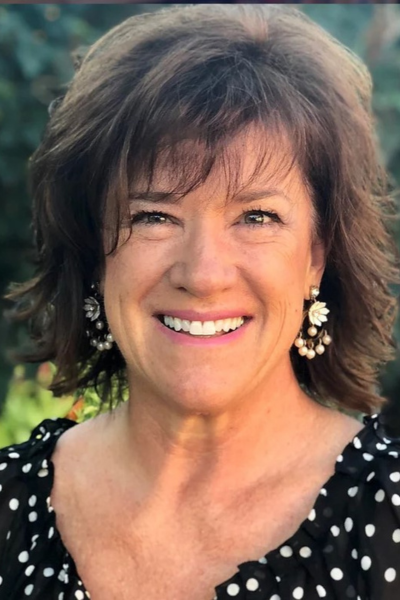
Westergard likened it to computer and internet access at libraries.
“I wanted to follow the lead and learn about how hard it is to put on a headset. Do they trip? Do they get dizzy? All that housekeeping stuff,” she says.
The first adopters were 11 libraries. Twenty-two headsets were distributed, loaded with STEM content – a non-negotiable for Westergard. “I wanted our first pilot with early adopters to only focus on STEM content and make sure the VR being consumed was a lifelike representation of the science people were learning,” she explains.
“Seeing 3D objects, going into the human body and being immersed in the respiratory system, as an example, is a great course companion to a high school human anatomy class in which students are gaining a better understanding of the respiratory system.”
Schools, science teachers and students engaged with the technology the way Westergard hoped. By 2019, she was the state librarian, and received more funding to expand the program across the rest of Nevada.
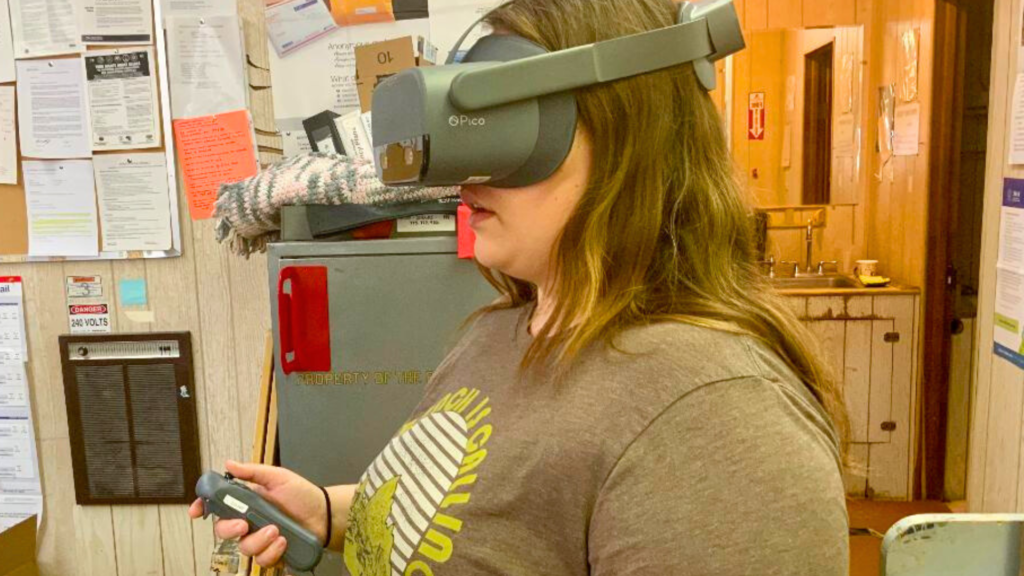
Experiential (Virtual) Learning
Her next goal was to partner with a higher education institution to bring content that improved learning outcomes for a specific training program.
Enter College of Southern Nevada and its patient care dialysis technician program. Westergard’s initiative received an additional $13.8 million federal grant money to the Supporting and Advancing Nevada’s Dislocated Individuals (SANDI) grant.
This made possible the ability to expand the partnerships into higher education. For College of Southern Nevada, instructors deployed VR content to assist with certification programs. For Great Basin College, VR programming enhanced learning in its certified nursing assistant (CNA) program.
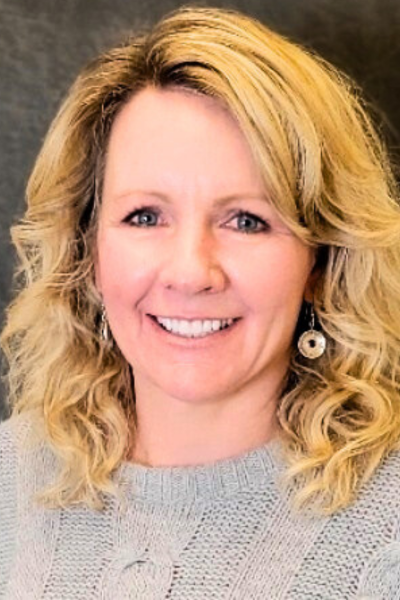
Virtual reality “allows for personal viewing and repetition of anatomy and pathophysiology that relates to the content the student is learning in class,” says Gina Johnson, CNA program coordinator for Great Basin College.
“The information supplements and enhances with a visual presentation of information the student may read about or see in a clinical setting. The students can experience this virtually before attending clinicals and may improve learning through visual and audio tools as an adjunct to the text book.”
So far, 100 students have used the VR headsets since last summer. Johnson says the tool provides students with more in depth understanding of normal and abnormal conditions in patients, and the opportunity to have a reference point before being exposed to patients live, providing increased confidence in the student and safety to the patient.
“Students have verbalized improved understanding of body systems and the aging process in terms of anatomy and pathophysiology learned through the animations and interactive submersive tours attended in the VR headset portion of class,” she says. Student feedback has been positive, she adds.
Bringing Career Training to Life
The ability to expand VR use across the state using libraries as the network also means more students can be reached and have opportunities to learn that they might not have otherwise. Some of those students were in-house.
Natasha York was a library assistant at the McDermitt Branch Library in Humboldt County when she learned from her tribal health clinic that the commute for dialysis patients could be 70 miles one way, making it difficult for treatment.
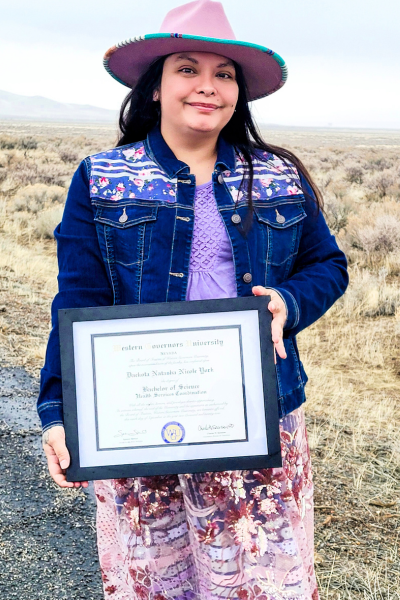
York took advantage of a College of Southern Nevada offer of a dialysis technician certificate, which trains via VR.
“It brought the dialysis concepts to life. You get to see the inside of a dialyzer as if you were inside of it,” York says.
“There were models of the extracorporeal circuit for you to view. It is great to have a visual and interact with concepts from the book, as opposed to only sitting and listening to lectures and reading a book. I remember the first time I saw actual patients receiving treatment, and I thought, ‘Wow, I saw this in VR, and now it prepared me for what is right in front of me!’.”
York was offered a job immediately after earning her certificate but was not able to participate in an internship because the location was too far away. She ultimately decided to continue her education, and earned a bachelor’s degree. She is now two classes away from a master’s degree and will pursue her Ph.D. in Indigenous Health.
She credits VR in libraries and Westergard for this path.
“My 11-year-old and seven-year-old see me modeling going to college, so they already talk about college, which I never had,” York says. “All because I decided to join a dialysis cohort and met someone I could consider a mentor.”
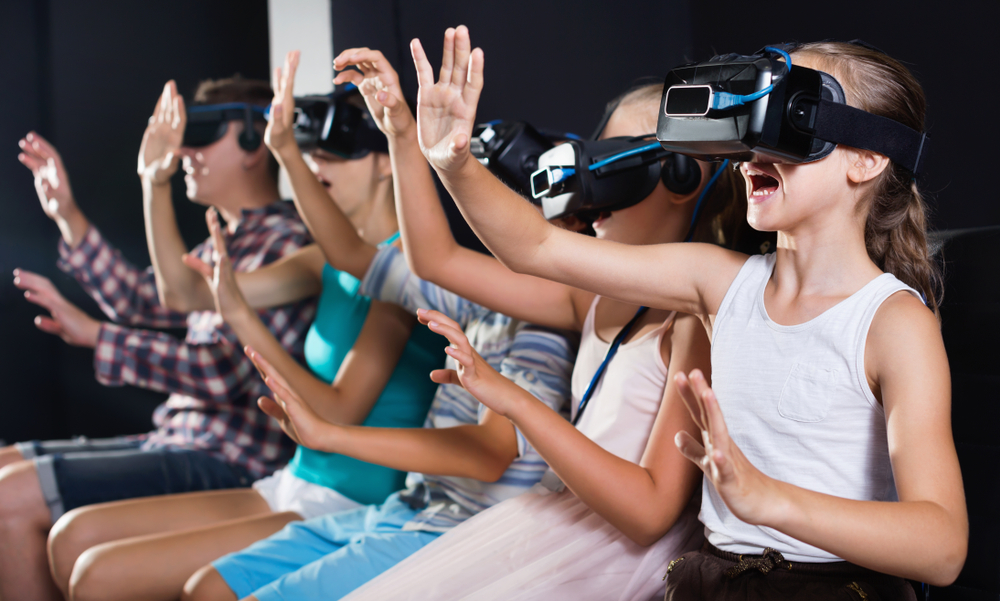
In addition to the ties to specific certificate programs, Westergard has deployed VR for career exploration for Nevadans ages 16-64. Users can experience job simulations (think of job shadowing) to help users see what it’s like to work in a skilled trade, healthcare, information technology, advanced manufacturing and logistics.
Westergard says of using libraries to distribute VR educational and career programming, “It’s an inspirational and aspirational strategy. Librarians are uniquely qualified to serve the community Nevadans no matter how old they are.”

